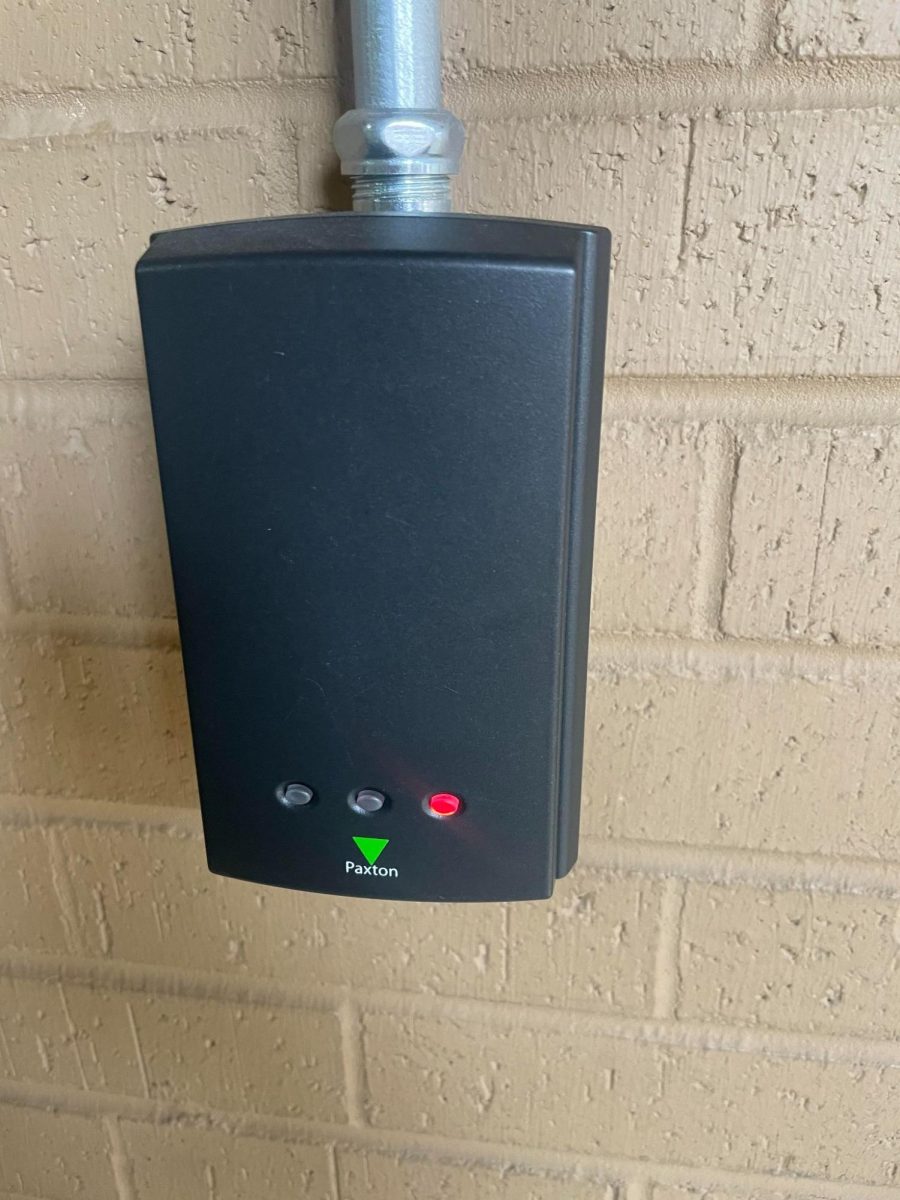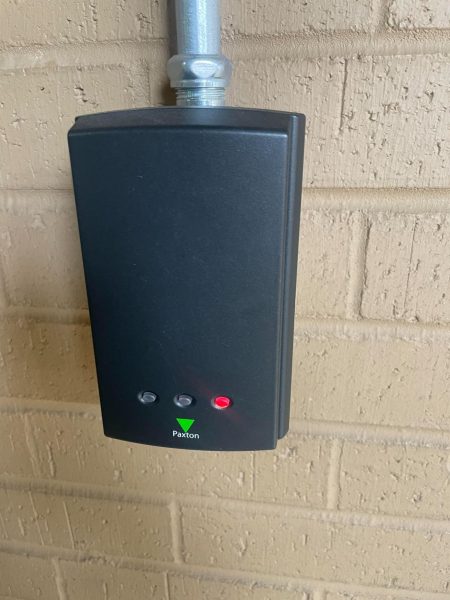Why is ELL Funding Imperative?
There are over five million ELL students in America, yet they are still lacking the resources in order for them to be proficient when taking a standardized test.
December 9, 2022
English Language Learner students have significantly lower standardized test scores when compared to their non ELL peers. There are over five million ELL students in America, yet they are still lacking the resources in order for them to be proficient when taking a standardized test. This comes from a lack of knowledge of English, insufficient vocabulary, and from time constraints. To combat these low test scores it is imperative we urge Arkansas legislators to adopt legislation that would aid these ELL students because these low test scores lead to the underfunding of schools with large ELL populations and an inequitable education.
ELL students consistently score lower than their non ELL peers, creating hurdles for these students to be placed at the correct level of proficiency within the classroom and any outside programs they may participate in. Aid programs exist within schools to help students with non proficient standardized test scores. Whenever ELL students are taking a standardized test without the resources needed to fully understand the questions presented, they are automatically placed into these aid programs which only focus on the material of the test and not the English itself- the resource ELL students truly require. These students may know the material on the standardized test but lack the time and materials to truly demonstrate their understanding, and they are then placed in programs that are not beneficial to their specific learning needs, wasting both their time and the school’s resources.
Because of the consistently lower test scores shown by ELL students, schools in which have a higher population of English Language Learners will be consistently underfunded. The amount of federal grants and other forms of funding local schools are able to access are determined through their standardized test scores. It has been shown that after five years of schools failing to meet this threshold that they can close altogether. When schools with large ELL populations are receiving less funding, they are even more incapable of providing the resources necessary to their ELL students. As test scores stay low, there will be less funding for ELL programs which are crucial for students to complete their education within the American schooling system. Without these programs ELL students, who already have a significantly higher dropout rate, struggle with learning in an English setting and are even more likely to drop out of school. This is a case of the students who need the most resources receiving the least because of a systemic failure on the part of the school system itself.
In order to create an equitable learning environment, we must allow ELL students the resources they require in order to demonstrate their knowledge on standardized tests so they are able to obtain the resources they require to obtain the just and comprehensive education they were promised by the American school system.


































